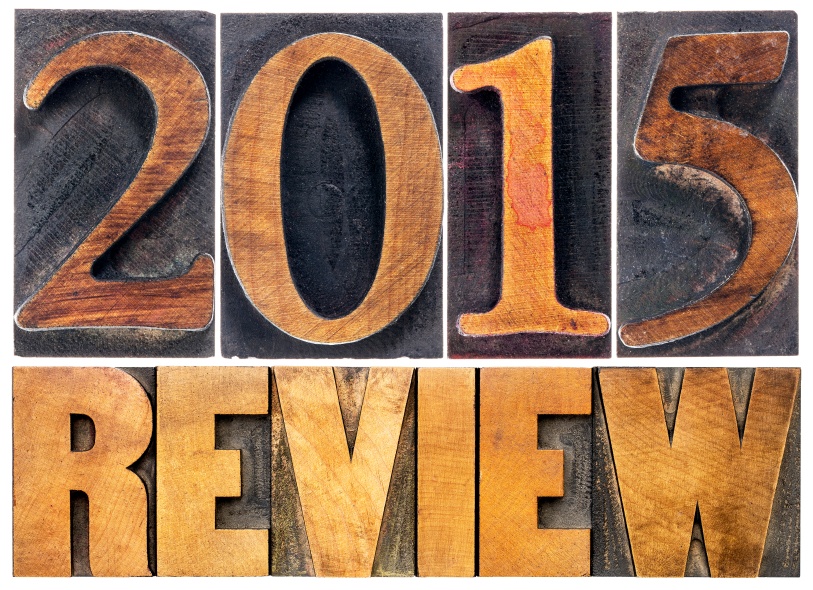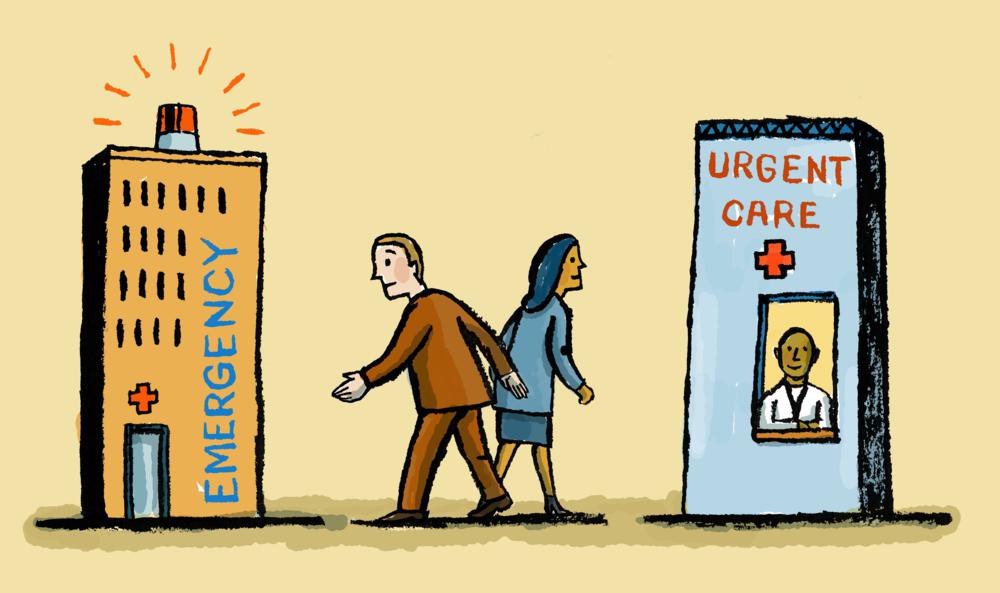David Rook
Chief Marketing Officer
Dave is a veteran marketing and digital platforms expert. His passion lies at the intersection of the creative arts, behavioral economics and social sciences. Dave is our go-to resource for out-of- the box creative, as well as strategically sound yet remarkably innovative approaches to the mundane.
Dave spends his days finding new ways to help drive benefit strategies and desired outcomes through more influential employee communications and decision-making tools.
He works hands-on with our clients to tap into the behavioral insights of their workforces – all in an effort to solve their most difficult communication, enrollment and behavioral modification challenges.
A digital products expert since the early days of the Internet, Dave also leads the development and optimization of our benefit automation and HR technology platforms, including both our desktop and mobile solutions.
Dave’s distinguished career includes brand marketing positions with Leo Burnett (General Motors, Philip Morris), Coca-Cola and AOL. More recently Dave was the General Manager of Consumer Media at Hanley Wood and the Chief Marketing Officer at eCommerce retailer Simplexity.
A sampling of the diverse brands Dave has worked on include:
- Oldsmobile
- Rockford Fosgate Audio
- Marlboro
- Sprite
- Minute Maid
- AOL
- City’s Best
- Moviefone
- Architect Magazine
- ePlans.com
- Floorplans.com
- Homeplans.com
- Verizon
- T-Mobile
- When.in
|
- GMC Truck
- Celebrity Cruise Lines
- Coca-Cola
- Barq’s
- Wendy’s
- Digital City
- MapQuest
- Builder Magazine
- Remodeling Magazine
- Dream Home Source
- Houseplans.com
- Wirefly.com
- Sprint
- Urgent.ly
|
Dave received his MBA at Georgetown University and his undergraduate degree from the Walter Cronkite School of Journalism and Telecommunications at Arizona State University.
When not at the JP Griffin Group, you might find Dave out on the golf course or at a live music venue, all the while checking scores for his beloved perennial underdog, the Chicago Cubs.
The ABCs of Employee Benefits Jargon and Acronyms
In this, the era of “consumer-driven healthcare”, employees are expected to know more and more about healthcare in order to make well-informed decisions. But the employee benefits industry’s over-reliance on jargon and acronyms doesn’t exactly make it easy on them.
Less than a quarter of Americans (about 14%) are confident that they understand basic insurance terminology like “premiums” and “maximum out-of-pocket expense”. And of those who are insured, less than half are confident in their knowledge of insurance terminology. Even tech-savvy Millennials struggle with their understanding of insurance lingo.
Chances are very good that your employees don’t have a clue as to the difference between an HSA and HRA, let alone know the difference between a co-pay and co-insurance. To assist you with the education process, we’ve assembled a collection of more than fifty of the most frequently used insurance and employee benefits-related terms.
Read More
4 Major Trends in Employee Benefits in 2015
Rapid adoption of consumer-driven health plans, a surge in specialty drug usage/cost, continued migration to automated benefits administration tools, and generous paid time off policies were four major trends in employee benefits in 2015.
Here's a breakdown of these trends and what you can do as an employer to maintain balance in the upcoming year.
Read More
Top 10 Employee Benefits Predictions for 2016
As 2015 comes to a close, it is time to look ahead to the future of employee benefits for the new year. It promises to be a busy year for healthcare and a time of change for employers. Here are our top 10 employee benefits predictions for 2016:
1) Insurance rates will continue to rise.
PwC’s “Behind the Numbers 2016” report states that high-cost specialty drugs entering the market will likely cause spending to intensify. Another factor is the projected increased spending on cyber security as healthcare technologies continue to evolve. After the Anthem hack earlier this year, that spending is certainly warranted.
Read More
Four Tips for Taming Runaway Emergency Room (ER) Expenditures
The average cost of an urgent care visit is almost 71% less than a typical visit to the emergency room ($155 vs. $583) for treatment of the same illness or injury. (It’s also cheaper than a typical primary care visit, albeit not by much ($155 vs. $165.) In another study in 2013, the National Institutes of Health (NIH) showed the median cost of an emergency room visit was $1,233, though in some localities it rose as high as $2,168.
With such a dramatic difference in the cost of care by facility, employers have a vested interest in making sure their employees know when they should use Urgent Care vs. the ER vs. calling 911 or an ambulance. But that’s simply not happening.
Read More
Preventative Care: A Win-Win For Employers And Employees
When it comes to taming employer-sponsored healthcare costs, virtually nothing tops a workforce that takes advantage of fully covered preventative care benefits and age appropriate screenings. Unfortunately, current estimates indicate that Americans use preventive services at about half the recommended rate. There are a variety of reasons for this, but perhaps the largest reason involves a misconception about what constitutes covered preventive care.
Read More
Employee Perks That Make The Holidays Merry
It’s that time of year again: the time when employers ponder ways to show their employees appreciation for a job well done and employees hope for a little something extra under the tree. How can you ensure that the holiday perks you have in mind are the ones that will really resonate with your employees?
Giving the Gift of Time
Around the holidays, one of the scarcest commodities anyone has is time. Savvy employers discern that employees highly prize generous holiday leave policies.
Some small, locally owned industries manage to arrange their production schedules in such a way that they can close their doors between Christmas and New Year’s every year. While juggling the production schedule requires forethought and fine planning skills, companies that manage this perk reap the rewards of high employee morale as the holidays near.
Read More
Putting It Into Practice: Real World Examples Of Where A Medical Director On Staff Made All The Difference
After we published our last blog on the importance of choosing a employee benefits broker with a Medical Director on staff, several readers asked for some specific examples of how skilled Medical Directors like ours can improve patient care outcomes while still reducing costs. So, we thought we would share a few real life examples with you to illustrate the point.
Lowering Expenses, One Member at a Time
An expensive diagnostic procedure was ordered for “Member A” during a follow-up visit with her physician for a potential thyroid condition. Her insurance plan required a pre-authorization for the procedure, which was flagged for review by our Medical Director.
Read More
How We Are Managing Employee Benefits Better with an On-Staff Medical Director
Companies who work closely with an employee benefits broker to develop their benefits packages rely heavily on the expertise of these employee benefits advisors to help them meet their employees’ needs and comply with all state and federal requirements.
Not only that, employers depend on these benefit consultants to get them the best possible ROI for their benefits investment, and bend the cost curve downward wherever possible.
But not all brokers are created equal in terms of what they can offer to their clients in this regard. Among other factors to consider when deciding upon a broker, it is wise to choose a benefits broker with a Medical Director on staff.
Why is this so important?
Healthcare today is an incredibly complicated field.
Achieving a high standard of patient care involves interdisciplinary communication and multi-organizational cooperation. If you have ever attempted to unravel an insurance claim issue on your own, you know the frustration of dealing with a somewhat fractured medical delivery system.
Read More























